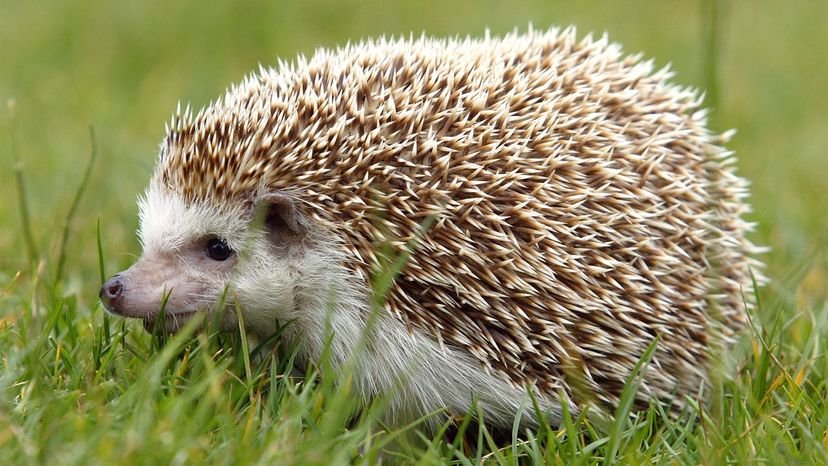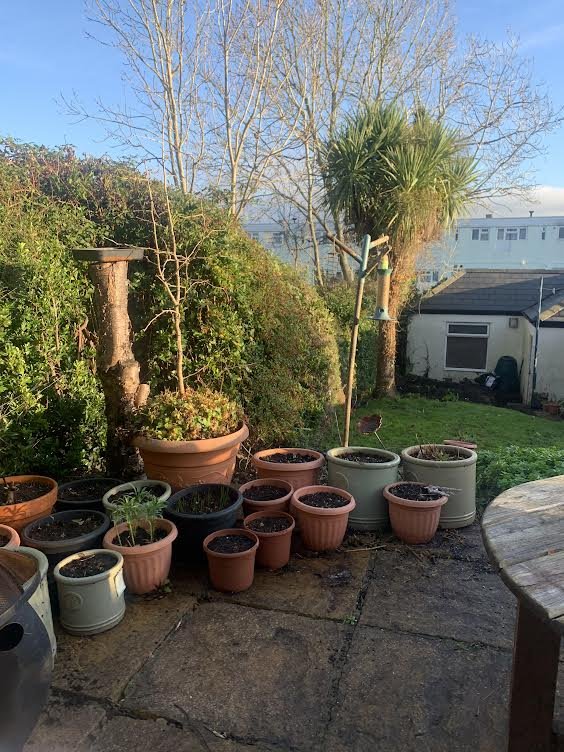It has recently come to my attention that there is an article from the think tank Policy Exchange that is undermining the cultural work around plants that Kew Gardens has been undertaking in the last couple of years but before I go into that I’d like to set some context.
Culturally plants have been important to human beings for millennia. Of course they are-we as humans are a part of the ecosystem and evolution would not have presented us on the earth unless there were things we could eat and use as medicine. Whilst we, today, know and understand those plants as a part of the Linnaen system, and recognise their names from a European viewpoint, it’s important to remember that the people who brought these plants back to the UK and Europe did not discover them. They were already a part of indigenous landscapes, larders and medicine cabinets. Whilst the plants were new to them and to Europe, and were brought back and renamed , often after the people who first found them as Europeans, they already had names and uses which were left behind and which are now, in a world of global influence and knowledge, becoming known. With that it’s also important to understand that plants have moved around the globe for centuries. African women braided seeds into their hair fearing that if they were stolen as slaves, and not knowing where they were going to end up, that they would have the capability of growing food to sustain themselves. Seeds in the forms of spices and herbs were brought along the silk routes from the far east. Plants are a part of our shared past and will of course be a part of our shared future.
Twenty twenty was a year like no other. As a global pandemic raged so inequality really came to the fore. People were hungry, struggling to keep roofs over their heads and in May we all sat in disbelief as we saw a man, George Floyd, murdered in front of our eyes by police in the US. Of course he was not the first person to die at the hands of the police, either in the US, the UK or worldwide, but the global outcry and realisation that we are still a society broken by inequality was enormous and there were sections of the gardening world who began to look at the inequalities around gardens and horticulture. I want to make it clear at this point that this is not some sort of “woke” rant, but my work with Edible Bristol alongside years of garden history study, including an MA, have forced me to confront this head on. Horticulture and agriculture are two of the least diverse sectors in the UK, and that is, sadly, by design. A shocking statement but both rely on access to land, access to skills and agriculture specifically is often a generational career. Much of this stops people from being able to be a part of that sector. As cities build ever upwards personal garden space is shrinking and we know that eight percent of British households are without any outdoor space, but we also know that those households are most likely to be people from marginalised backgrounds, who’s food cultures are rich and diverse but who no matter how much they would like to grow food, either individually, as communities or as careers, are unable to access land to do so.
Several horticultural and cultural organisations responded to this. The National Trust acknowledged that much of it’s land and houses were paid for from the wealth that slavery bought to the UK, and Kew Gardens acknowledged that their plant collections were often collected as a part of the colonial project. Kew made several statements about decolonising their collections in light of this, and it is now being suggested that “politicising plants” is not a part of Kew’s remit and so they are acting illegally by being seen to be campaigning for racial justice…….
I am not a lawyer. I also understand that Kew is a titan of the science of horticulture and the work it has done over the centuries, often due to plants being collected from across the globe, is outstanding, and of deep importance to science. However, this is the first of the functions of Kew’s board and it feels to me that perhaps this is being overlooked….
”Carry out investigation and research into the science of plants and related subjects, and disseminate the results of the investigation and research,”
Surely “related subjects” include the history of those plants and how they arrived on our shores?
But more than that. These functions were decided upon in a very different world; that of the mid eighties. We know so much more now, about plants and about people and Kew are not talking about rewriting history-they are adding to the histories of plants by talking about where they came from and how they might have been used by indigenous people across the globe. They are focusing on the truth, and telling the real histories which adds to the cultural richness of the stories we must surely keep alive. We cannot change the past, but we can tell the truth of what happened and why, and celebrate the cultures who stewarded and still steward our earth, our home.
However, the report goes on to say that there is no room for politics in plant science and the idea of decolonising the plant collection “lacks both common and historical sense.” It then goes on to take a species of sugar cane as an example of a plant Kew is looking at exploring. At this point I will point out that all they are planning to do is delve deeper into plant histories on plant information boards. The report, rightly, explains how complex the history of any sugar cane is and of course Kew will know that, and will be super cautious I am sure to ensure that all history is told concisely, but thoroughly. But their argument, which seems somewhat bizarre is that it will be too much information for an info board. Of course this is nonsense. Using up to date technology, QR codes etc, enables us all to be able to give layers of informations that the onlooker can choose and this is where websites and social media could really play their part in making Kew interactive. Decolonising is not about changing the narrative but it is about opening up the windows that have been closed so people get the opportunity to see the whole view, not just that which has been cultivated. It also opens up the opportunity for everyone to see their generational history through plants and offers opportunities to bring people together to understand the historical divisions and to begin to mend them.
Of course Kew has statutory powers and works to a governance model, as do all organisations but here I need to quite clearly point out that governance and functions are should constantly evolve and I fear this is not being understood. Any organisation must ensure it’s governance, it’s policies and procedures are not just up to date but are relevant, and whilst of course Kew gets taxpayer money, it also has it’s own funding streams without which it would fail, which would be a global catastrophe. One of the most poignant points when we talk about decolonising organisations is looking at the board and ensuring that it is fit for purpose along with that governance structure. It feels to me that perhaps this report is written not to encourage progression but rather stagnation and it feels unfortunate that that stagnation could cause Kew to become less inclusive and welcoming and could cause it harm. And with that comes the question of why has this report been written at all?
Well that of course is an unknown but having done some research into Policy Exchange they are a centrist to right leaning organisation who’s people section is telling in itself. In the report inclusivity is brought up twice in reference to the cost of getting into Kew which is not cheap but is being addressed which they fail to comment on. For many years Kew cost one penny to visit, and that was well into the eighties but unfortunately as government has withdrawn funding the price has inevitable spiralled. Perhaps a good look at the importance of the work Kew do and a request to reinstate all lost funding might support a more inclusive ticket price and see it return to lower costs. It’s price, whilst I agree is far too high for many to achieve, is similar to the prices at National Trust properties and I am sure I saw recently that they were looking at a serious decrease for those accessing universal credit and other benefits. the entry cost, like anything else, is linked to governmental decisions and therefore is inherently political as is anything that relies on the taxpayers purse.
But I do think this leads to some interesting conclusions. Kew is, and always has been political. It is where the great plant hunters in their pursuit of ownership of the world’s greatest plant collections sent their plants to. it is a scientific institution and like all such institutions relies on it’s funders and therefore will need to an extent lean in their general direction. We have seen throughout the Covid pandemic the harm that divided government can cause, with accusations of playing politics coming from all sides, when of course what they are doing is political-they are the government. This report screams to me an unease that Kew might be finding it’s own voice, and that voice may be uncomfortable to a government who has claimed there is no institutional racism in the UK despite there being whole libraries of evidence to refute that claim.
But what is saddest of all is that within all of this is an institution that is trying to move with the times, to be open and honest and to educate people. There is no doubt that for many the conversation around slavery, decolonisation, equality and the intersections of equality, are deeply uncomfortable but rather than wasting money on writing based reports claiming that an institution is stepping outside it’s remit, surely asking questions about why and learning to manage that discomfort is important if we are to stop creating division and bring people together. And as we all know, a garden is the best place to do that.
https://policyexchange.org.uk/wp-content/uploads/Politicising-Plants.pdf
https://www.kew.org/read-and-watch/time-to-re-examine-the-history-of-botanical-collections
https://www.instagram.com/decolonisethegarden/?hl=en















